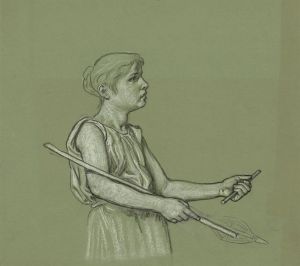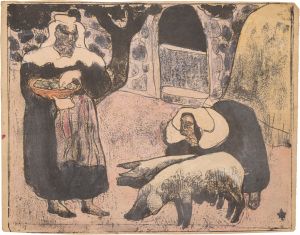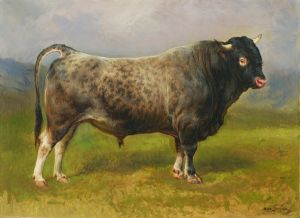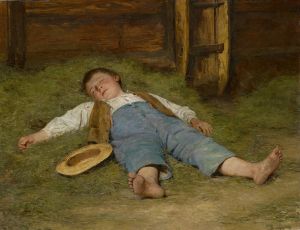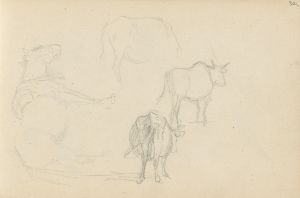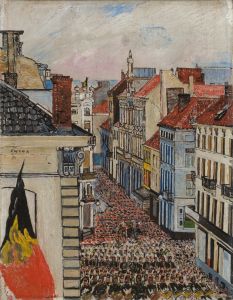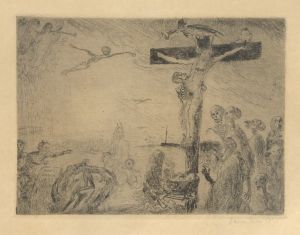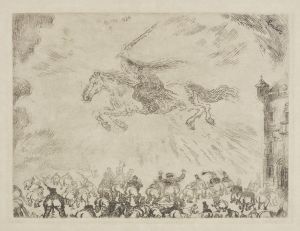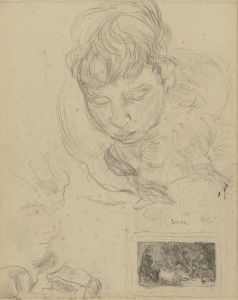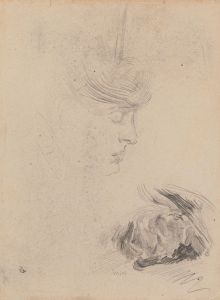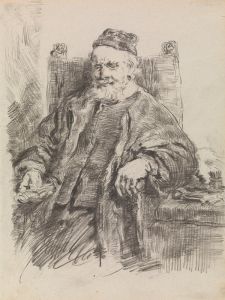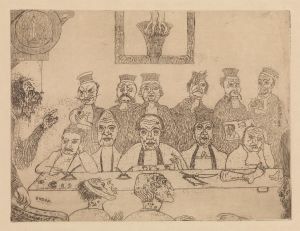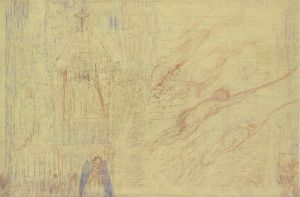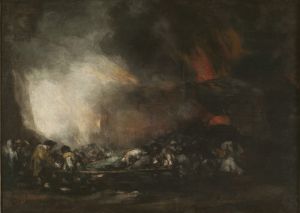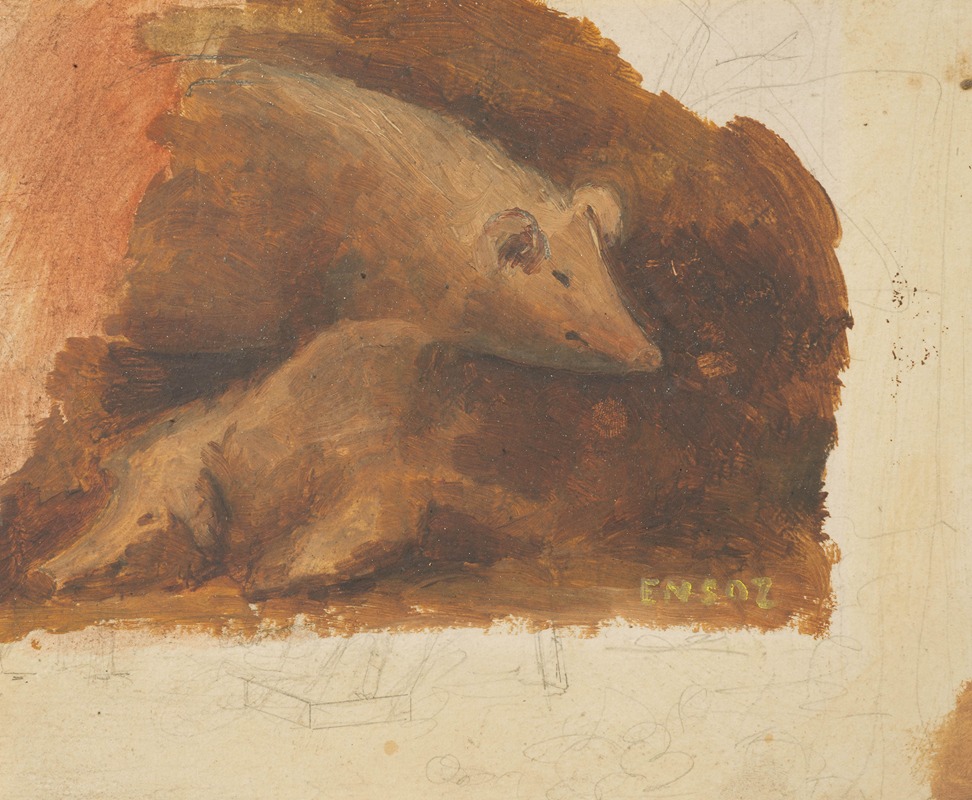
Pigs
A hand-painted replica of James Ensor’s masterpiece Pigs, meticulously crafted by professional artists to capture the true essence of the original. Each piece is created with museum-quality canvas and rare mineral pigments, carefully painted by experienced artists with delicate brushstrokes and rich, layered colors to perfectly recreate the texture of the original artwork. Unlike machine-printed reproductions, this hand-painted version brings the painting to life, infused with the artist’s emotions and skill in every stroke. Whether for personal collection or home decoration, it instantly elevates the artistic atmosphere of any space.
James Ensor, a prominent Belgian painter and printmaker, is known for his unique and often provocative works that blend elements of satire, symbolism, and expressionism. One of his lesser-known works, "Pigs," reflects his distinctive style and thematic interests. Ensor was born in 1860 in Ostend, Belgium, and spent most of his life there, drawing inspiration from the coastal town's vibrant atmosphere and his own vivid imagination.
Ensor's art is characterized by its bold use of color, intricate detail, and often grotesque or fantastical subject matter. He was a key figure in the development of modern art in Belgium and played a significant role in the transition from 19th-century realism to 20th-century expressionism. His work often explores themes of death, masks, and the absurdity of human existence, frequently incorporating elements of satire and social commentary.
"Pigs" is a painting that exemplifies Ensor's interest in the grotesque and the satirical. While specific details about the creation and exhibition history of "Pigs" are limited, the painting is consistent with Ensor's broader body of work, which often features animals and anthropomorphic figures to critique societal norms and human behavior. Ensor's use of pigs in this painting can be interpreted as a commentary on gluttony, greed, or the baser instincts of humanity, themes that are recurrent in his oeuvre.
Ensor's technique in "Pigs" likely involves his characteristic use of vibrant colors and dynamic compositions. He often employed a loose, expressive brushwork that conveyed a sense of movement and emotional intensity. This approach can be seen in many of his other works, such as "The Entry of Christ into Brussels in 1889," where he uses a chaotic and crowded composition to convey a sense of societal frenzy and disorder.
Throughout his career, Ensor was associated with the avant-garde group Les XX (The Twenty), which was founded in 1883 and included artists who were pushing the boundaries of traditional art forms. This group provided Ensor with a platform to exhibit his work and connect with other artists who shared his innovative spirit. Despite facing criticism and controversy for his unconventional style, Ensor's work gradually gained recognition and influence, particularly among later expressionist and surrealist artists.
In addition to his paintings, Ensor was also a prolific printmaker, creating numerous etchings and lithographs that further explored his favorite themes. His work in this medium often mirrored the subjects and styles of his paintings, providing a complementary perspective on his artistic vision.
James Ensor's legacy as an artist is marked by his ability to challenge and provoke through his art. "Pigs," like many of his works, invites viewers to reflect on the complexities of human nature and the societal structures that shape our lives. Ensor's unique perspective and innovative techniques have secured his place as a significant figure in the history of modern art, influencing generations of artists who followed in his footsteps.





